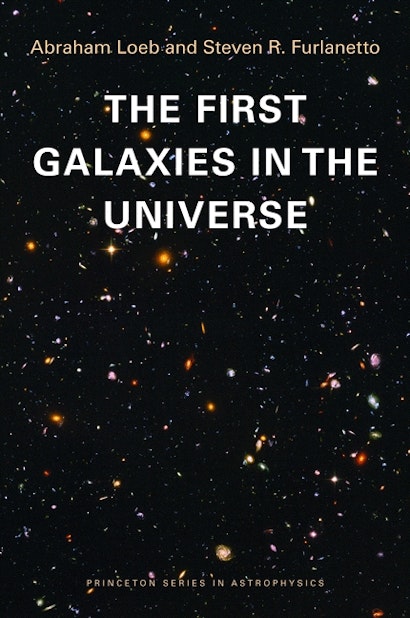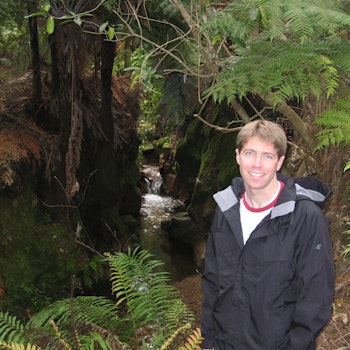This book provides a comprehensive, self-contained introduction to one of the most exciting frontiers in astrophysics today: the quest to understand how the oldest and most distant galaxies in our universe first formed. Until now, most research on this question has been theoretical, but the next few years will bring about a new generation of large telescopes that promise to supply a flood of data about the infant universe during its first billion years after the big bang. This book bridges the gap between theory and observation. It is an invaluable reference for students and researchers on early galaxies.
The First Galaxies in the Universe starts from basic physical principles before moving on to more advanced material. Topics include the gravitational growth of structure, the intergalactic medium, the formation and evolution of the first stars and black holes, feedback and galaxy evolution, reionization, 21-cm cosmology, and more.
- Provides a comprehensive introduction to this exciting frontier in astrophysics
- Begins from first principles
- Covers advanced topics such as the first stars and 21-cm cosmology
- Prepares students for research using the next generation of large telescopes
- Discusses many open questions to be explored in the coming decade
Abraham Loeb is Frank B. Baird, Jr. Professor of Science, chair of the Astronomy Department, and director of the Institute for Theory and Computation at Harvard University. Loeb is a member of the American Academy of Arts and Sciences. He is the author of How Did the First Stars and Galaxies Form? (Princeton). Steven R. Furlanetto is associate professor of physics and astronomy at the University of California, Los Angeles.
"Loeb and Furlanetto, highly respected experts in the field, have written an up-to-date book that explores the early stages of the universe from the big bang through the formation of the first stars and galaxies."—Choice
"[R]eaders who are genuinely into the subject will take pleasure in reading this book, even if they already know some of the analyses presented in the more basic chapters."—B. Ishak, Contemporary Physics
"Everybody who is interested in the topics such as formation and evolution of the first Galaxies, black Holes, Sun and Earth in the Universe will benefit from this book."—Gasanbek T. Arazov, Zentralblatt MATH
"[G]raduate students or senior undergraduates will find The First Galaxies in the Universe a thorough introduction to the topic. Interested professionals will find it a helpful entry point to the specialist literature on one of the most exciting frontiers in astrophysics."—Jason Tumlinson, Physics Today
"Loeb and Furlanetto are highly respected theorists with international reputations, and together they make a perfect team. They have picked a timely moment to introduce this frontier topic to graduate students with a carefully crafted text such as this one. The First Galaxies in the Universe is self-contained, admirably complete, and remarkably up to date."—Richard Ellis, California Institute of Technology
"Loeb and Furlanetto have produced a marvelous text. The coverage is comprehensive, the selection of figures and illustrations is very judicious, and whenever key concepts are introduced, the authors explain them using simplified back-of-the-envelope derivations. The First Galaxies in the Universe will be peerless for quite a while, and will inspire young people to enter this exciting field at a time when the pace of discovery is heating up."—Volker Bromm, University of Texas, Austin



